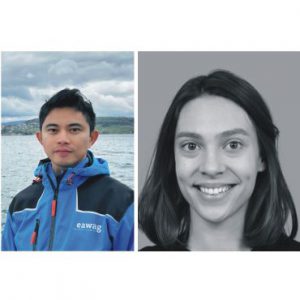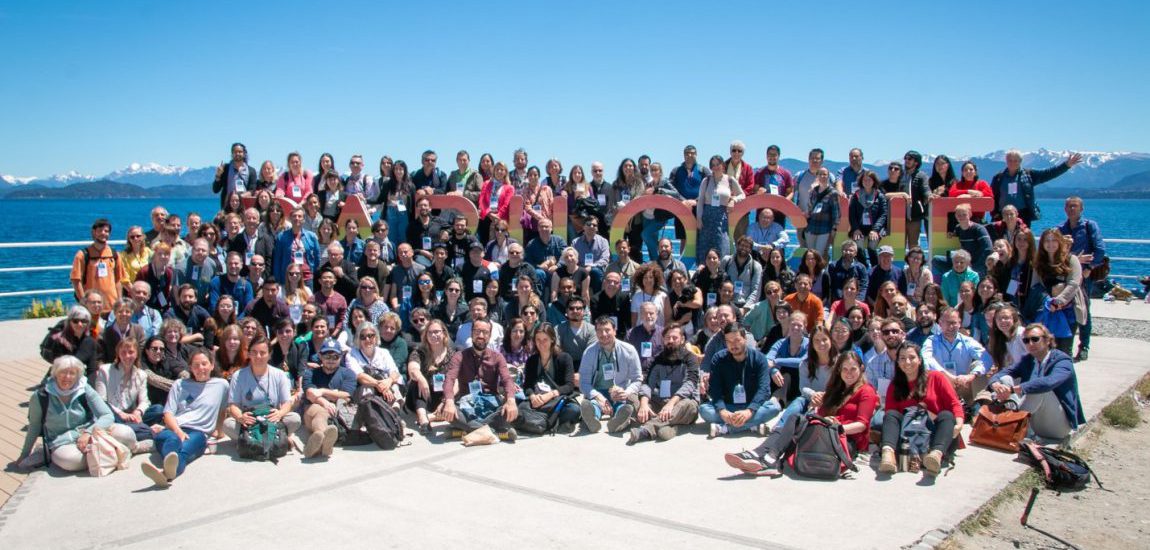
Lakes as Memories of the Landscape: EAG Early Career Ambassadors report back
Joint IAL-IPA Limnology meeting
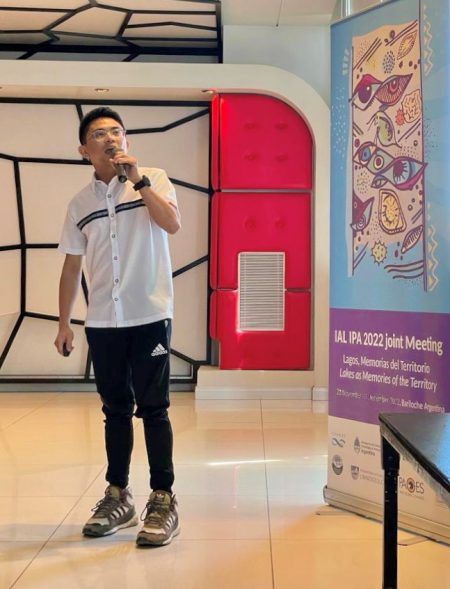
We are grateful for the opportunity to have represented the EAG as Early Career Ambassadors at the recently concluded joint meeting of the International Association of Limnogeology and the International Paleolimnology Association (IAL-IPA) last November 2022.
It took almost 24 hours of travel from Europe to reach the conference venue of Bariloche, Argentina, a small town situated along the beautiful Nahuel Huapi Lake at the foothills of the Andes. It is difficult to imagine a more perfect location to discuss the theme of the conference: “Lakes as Memories of the Landscape”. The conference brought together more than 300 scientists from across the globe studying all things about lakes – from a paleo perspective to modern system studies.
It was exciting and thrilling to think that this conference would be an on-site meeting after postponement due to the covid pandemic. The idea of meeting in person and not virtually was exciting, as the conference approached and we were putting the final touches to our presentations, not to mention our first time visit to a new continent.
Scientific sessions
There were four days of interesting talks and poster sessions presenting high-quality research on an array of topics and research methods, from physical to biological, even molecular levels, including the study of sedimentary DNA and fossil pigments and lipids.
We delivered presentations in sessions focusing on paleoclimate records from long-lived lakes and human traces in the aquatic sedimentary record. Allix looked at the impact of long-term lake basin development on the reliability of GDGT-based proxies using the Lake Chala sediment sequence. Whilst, Ronald presented his multiproxy work on Lake Lanoto, Samoa to further understand human migration in the South Pacific.
We were happy and delighted to have met many researchers, including early career scientists globally; especially those from Argentina and other Latin American countries, which was one of the highlights of the conference. We were able to engage into different discussions to further our research works. All of the research that we encountered clearly demonstrated that it is valuable to study lakes because they can record changes in climate and human impact across various timescales.
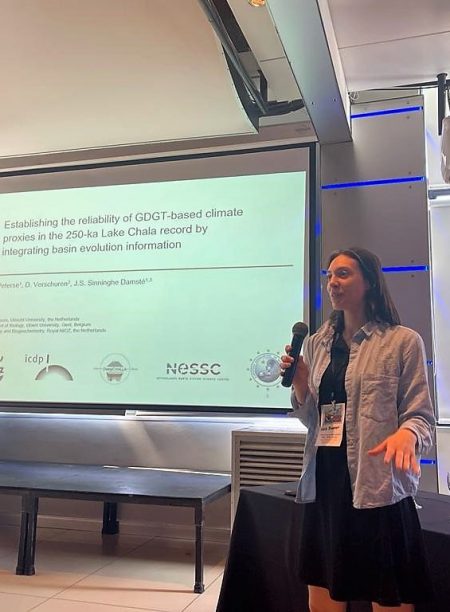
Networking
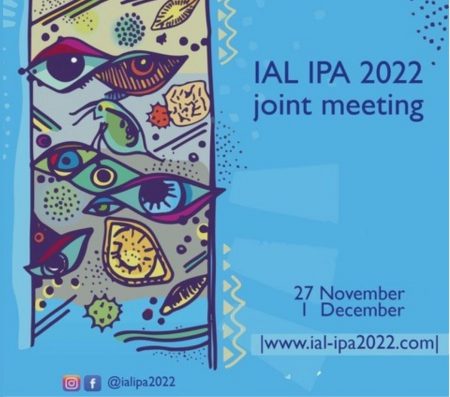
Outside of the regular conference sessions, we also enjoyed the mid-conference social activities including learning to dance salsa (they decided tango was a bit too advanced for us beginners) and early career social night which helped us build connections and network among early career researchers. We also got to try different Argentinian food and delicacies, as well as visits to Patagonian rivers, lakes and mountains. The summer weather and excitement leading up to the world cup were a welcome change from the darkness in the North of Europe. The conference culminated with a gala dinner followed by South American live music. It was a holistic event from scientific to cultural experiences. Thank you EAG for the support in making this happen.

